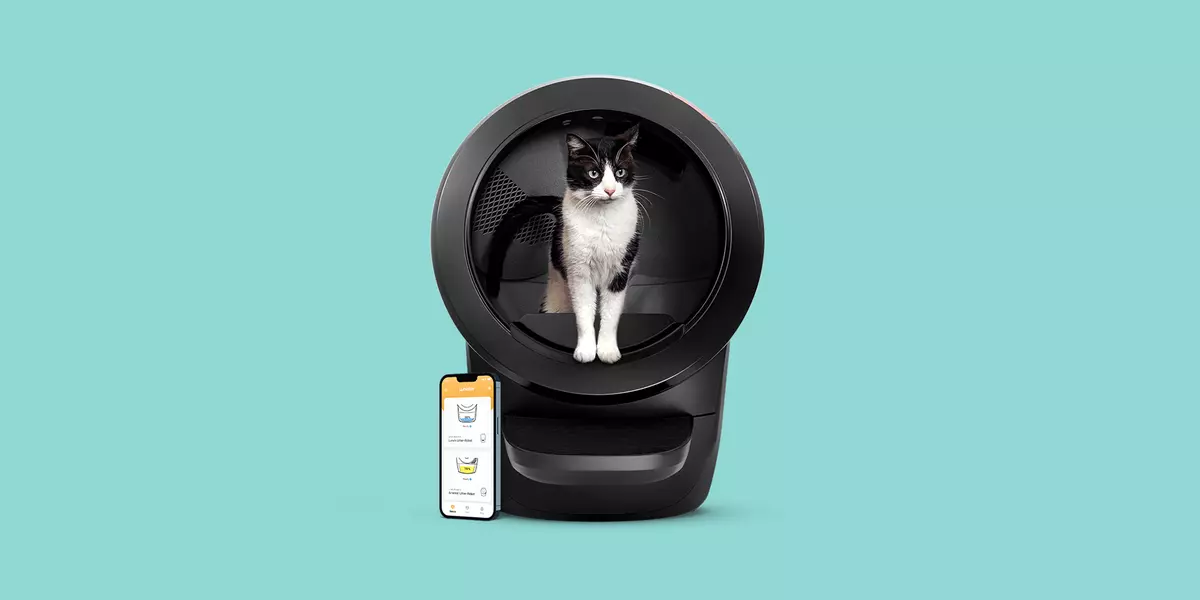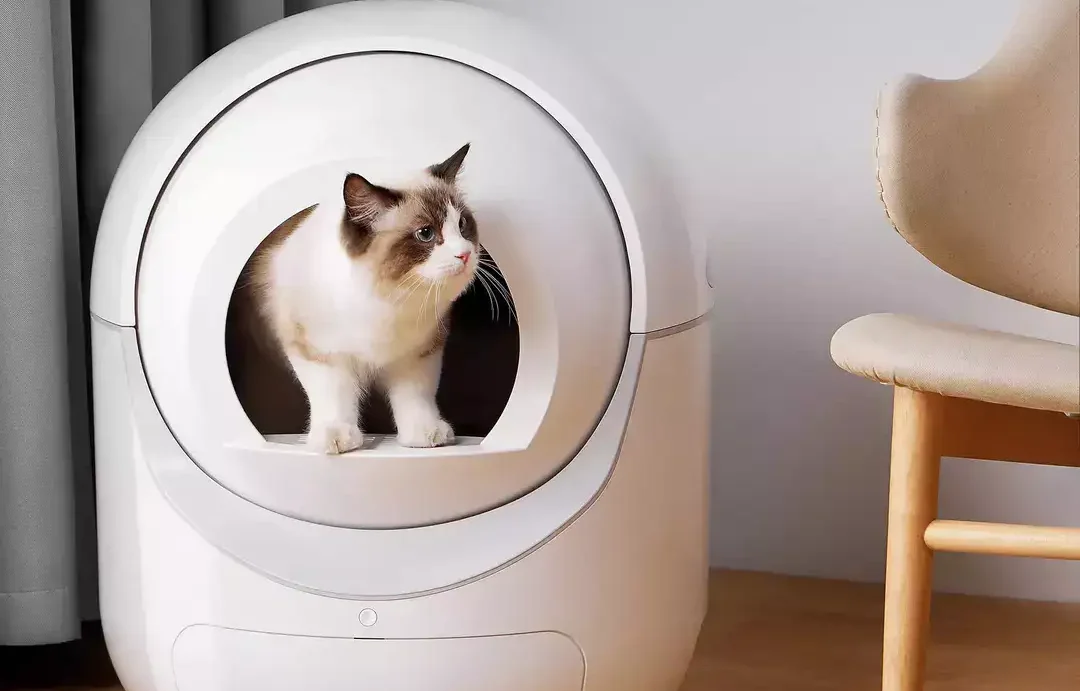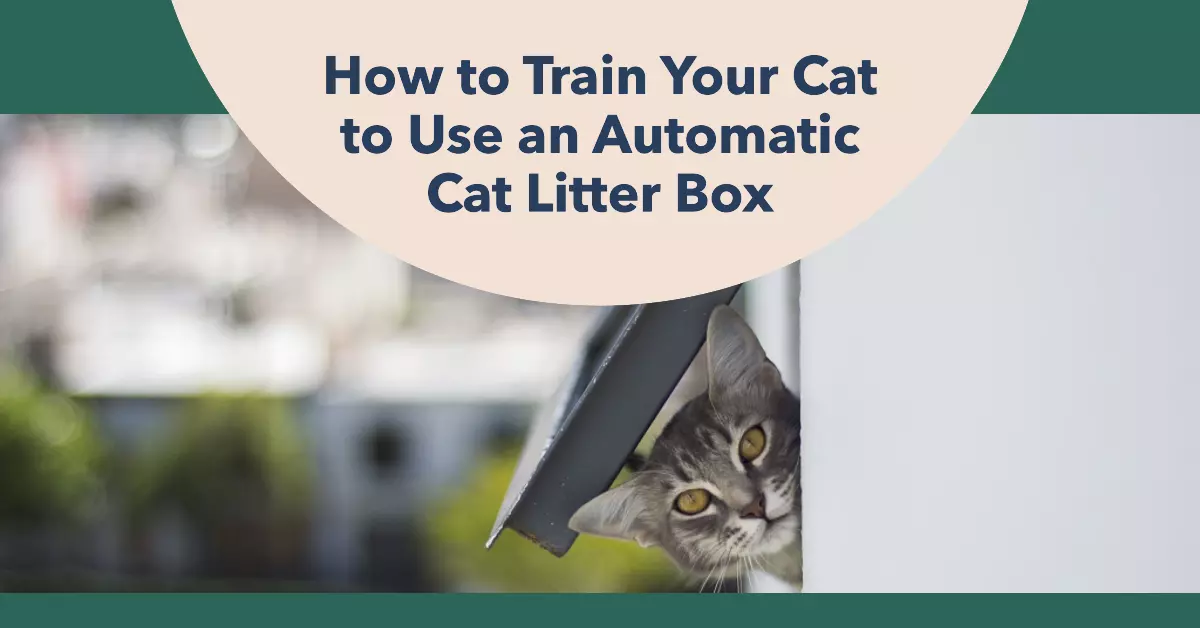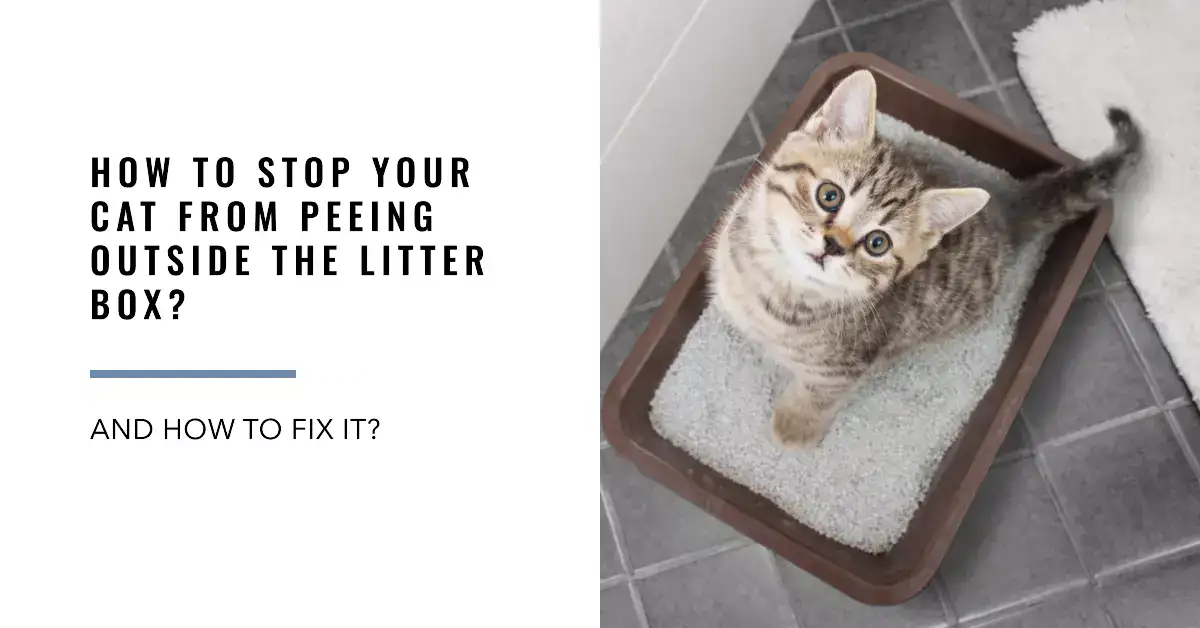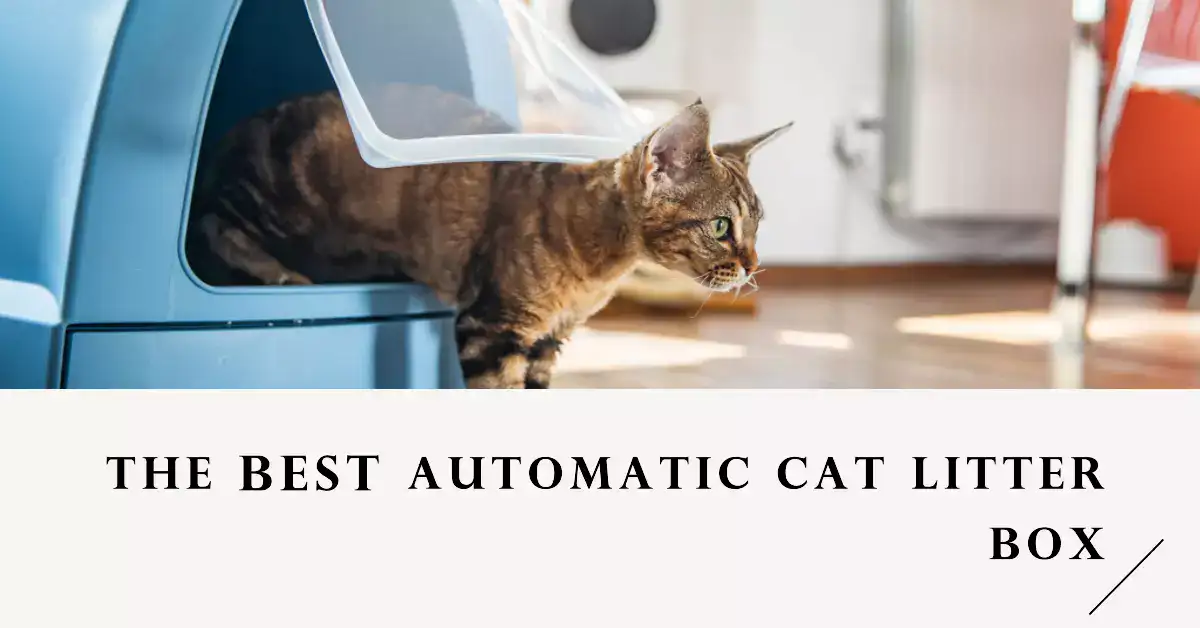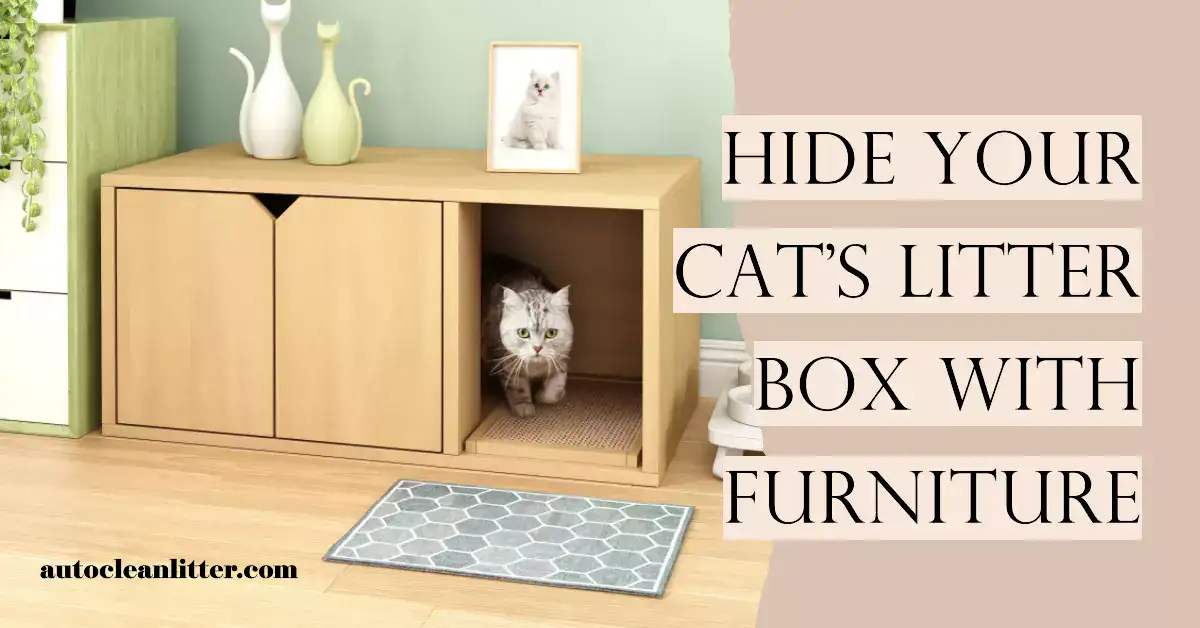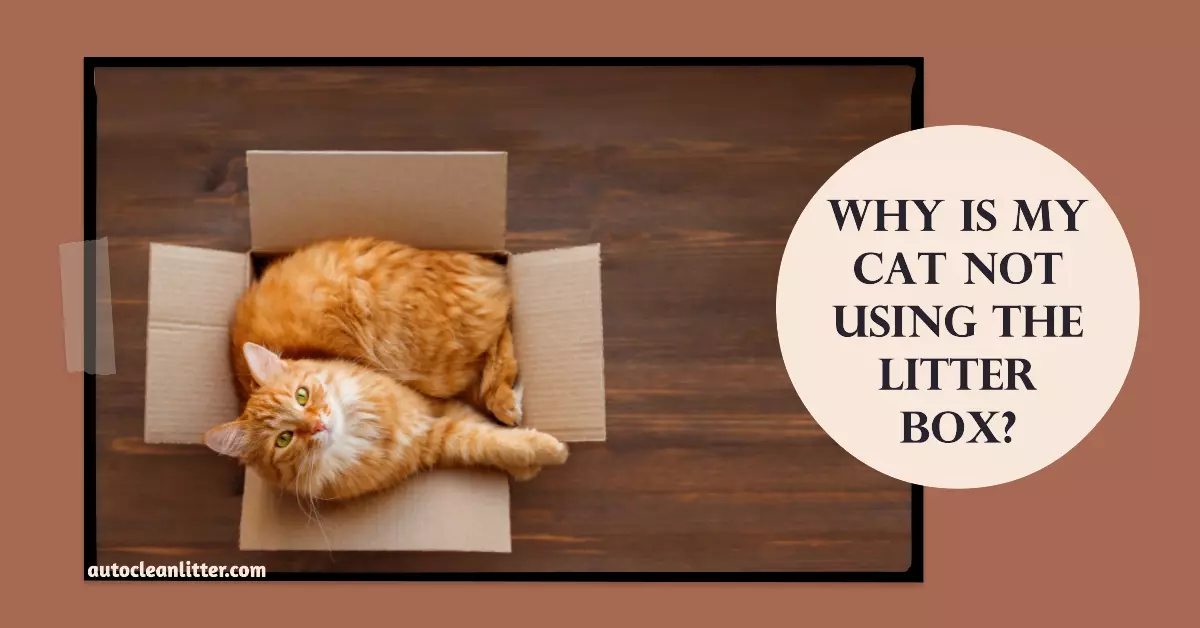If you have a cat that is peeing outside the litter box, you might be feeling frustrated and worried about your furry friend’s health and well-being. Cats are usually very clean animals that prefer to use their litter box for their business, so when they start peeing elsewhere, it can indicate a problem that needs to be addressed.
Reasons why cats pee outside the litter box
There are two main reasons why a cat may pee outside the litter box: a medical issue or a behavioral issue. A medical issue can be an infection, inflammation, pain, or illness that affects the cat’s bladder, kidneys, stomach, or other organs. A behavioral issue can be caused by anxiety, stress, or unfamiliar smells that make the cat mark its territory or avoid the litter box.
To find out the cause, the cat should be examined by a veterinarian who can check for abnormalities in the urine and x-rays. Based on the results, your vet will recommend treatment. Some of the common medical issues that can cause your cat to pee outside the litter box are:

1- Medical issues:
- Bladder stones: Some cats develop actual stones in the bladder that may cause irritation and even blockage. Crystals may accompany bladder stones or be a precursor to stone formation. If your vet suspects bladder stones, X-rays will be needed to determine the size and quantity of the stones. Smaller bladder stones might be dissolved with a special diet, but larger stones may need to be removed surgically (cystotomy). It’s common for a cat with bladder stones to also have a UTI. If so, antibiotic treatment is necessary.
- Idiopathic cystitis: The term cystitis means inflammation of the bladder. Idiopathic means the cause is unknown. Cats with cystitis often have hematuria (blood in the urine). Testing a urine sample is essential because the blood may only be detected microscopically. If your vet determines that your cat’s urine contains blood but there are no crystals, bacteria, or stones present, the likely diagnosis will be idiopathic cystitis. Idiopathic cystitis is usually treated with a combination of diet changes and environmental enrichment. Pain and anxiety medications may also be used.
- Metabolic disease: Symptoms of chronic kidney disease may include increased urination. Other metabolic diseases that may increase the amount of urination your cat produces are liver disease, diabetes, and thyroid issues. If your cat has been drinking more, or you have been finding yourself needing to clean the litter box more often, your veterinarian may want to run some blood work to check for these issues.
- Urinary tract infection, or UTI: Urinary tract infections are rare in young cats but can be a common cause of urinary issues in older cats, either by themselves or in conjunction with other medical conditions affecting the urinary system. Bacteria in the urine may cause an inflammatory response in the urinary tract.
If your vet rules out any medical problems, then you need to look at possible behavioral causes for your cat’s peeing outside the litter box. Some of the common behavioral issues that can cause your cat to pee outside the litter box are:

2- Stress or anxiety:
- Stress: Cats are sensitive creatures that can get stressed by changes in their environment or routine. For example, moving to a new home, introducing a new pet or family member, remodeling your house, or changing your work schedule can all trigger stress in your cat. Stress can make your cat feel insecure and anxious, which can lead them to mark their territory with urine or avoid their litter box if they associate it with something unpleasant.
- Litter box aversion: Cats may develop an aversion to their litter box if they find it dirty, uncomfortable, inaccessible, or unsafe. For example, if you don’t scoop or change the litter often enough, your cat may find it too smelly or dirty to use. If you use scented litter or a strong cleaner on the box, your cat may dislike the odor and avoid it. If you place the litter box in a noisy or busy area of your house, your cat may feel exposed and vulnerable while using it. If you have multiple cats and not enough litter boxes, your cat may feel crowded or bullied by other cats while using them.

How can I stop my cat from peeing around the house?
To prevent or solve these behavioral issues, you need to make some changes to your cat’s environment and routine. Some of the things you can do are:
- Provide enough litter boxes: The general rule is to have one more litter box than the number of cats in your household. For example, if you have two cats, you should have three litter boxes. This way, your cats can have a choice of where to go and avoid any conflicts or competition over the litter box.
- Keep the litter boxes clean: Cats are fastidious animals that like to have a clean place to do their business. You should scoop the litter box at least once a day and change the litter completely every week or two. You should also wash the litter box regularly with mild soap and water and avoid using any harsh chemicals or strong scents that may deter your cat from using it.
- Choose the right litter and litter box: Cats may have preferences for the type of litter and litter box they use. Some cats may prefer clumping or non-clumping litter, unscented or scented litter, fine or coarse litter, etc. You may need to experiment with different kinds of litter until you find one that your cat likes. You should also choose a litter box that is large enough for your cat to fit comfortably and has low sides for easy access. Some cats may prefer a covered or uncovered litter box, depending on their sense of security and privacy.
- Place the litter boxes in appropriate locations: Cats like to have a quiet and secluded place to do their business, away from any noise, traffic, or distractions. You should place the litter boxes in different areas of your house, preferably on each floor if you have a multi-level home. You should also avoid placing the litter boxes near your cat’s food and water bowls, as cats don’t like to mix their eating and elimination areas.
- Reduce stress in your cat’s environment: Cats need to feel safe and comfortable in their home, so you should try to minimize any sources of stress or anxiety for your cat. You can do this by providing your cat with plenty of toys, scratching posts, hiding places, and perches where they can relax and play. You can also use calming products such as pheromone sprays, diffusers, or collars that can help reduce stress in your cat. If you introduce any changes to your cat’s environment or routine, such as a new pet or family member, you should do it gradually and with positive reinforcement.
If you follow these tips, you can help your cat overcome its peeing outside the litter box problem and restore its health and happiness. However, if your cat’s behavior persists or worsens despite your efforts, you should consult your veterinarian again for further evaluation and treatment.
If you are looking for more information on how to deal with urinary problems in your cat, you can check out our blog at catpeek.com/blog/, where we share tips and advice on how to care for your feline friend.
One of the topics we cover is how to train your cat to use an automatic cat litter box, which can be a great solution for busy cat owners who want to keep their home clean and odor-free. An automatic cat litter box is a device that automatically scoops or flushes the waste after your cat uses it, so you don’t have to worry about scooping or changing the litter yourself.
An automatic cat litter box can also benefit your cat’s health and well-being by providing them with a fresh and sanitary place to go every time. This can reduce the risk of urinary tract infections, bladder stones, or cystitis in your cat, as well as prevent any behavioral issues related to litter box aversion.
If you are interested in learning more about automatic cat litter boxes, you can visit our website at catpeek.com, where we offer a comprehensive guide on everything you need to know about these devices.
We also review some of the best automatic cat litter boxes on the market today, such as the Litter-Robot, which is one of our favorites. The Litter-Robot is a self-cleaning litter box that uses a patented sifting system to separate the waste from the clean litter and deposit it into a drawer below. The Litter-Robot is easy to use, reliable, and eco-friendly.















